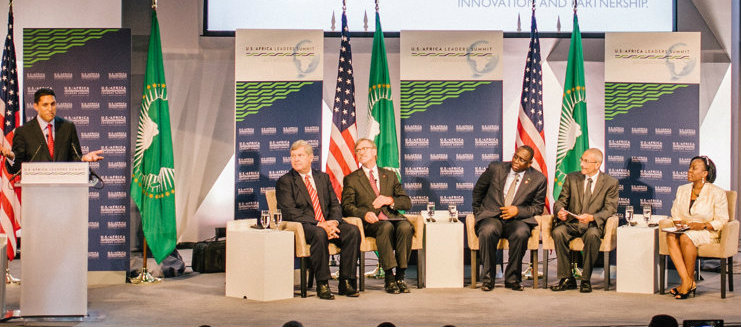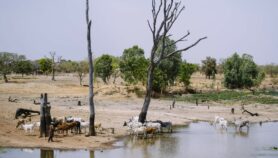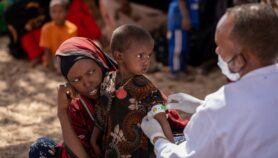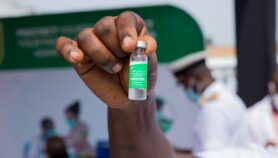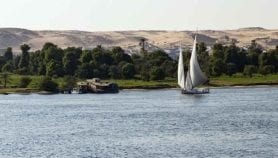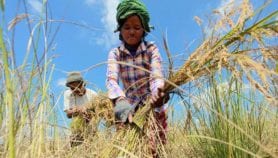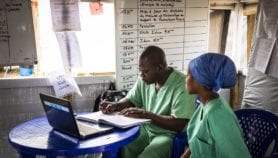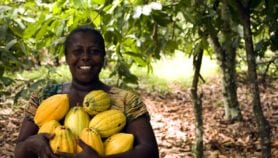By: Alberto Leny
Send to a friend
The details you provide on this page will not be used to send unsolicited email, and will not be sold to a 3rd party. See privacy policy.
The United States government’s commitment to transforming Africa through science and technology seems to have taken a centre stage now.
This week (4-7 August), the workshop for African scientists selected by the US Agency for International Development (USAID)-sponsored Partnerships in Enhanced Engagement in Research (PEER) programme took place in Arusha, Tanzania, and the first-ever US-Africa Leaders’ Summit was taking place in Washington DC at almost the same time (4-6 August).
At the opening ceremony of the PEER workshop on Monday (5 August), I was keen to find out the impact of the United States’ involvement and funding of development projects in Africa.
The PEER programme has given grants to 39 scientists and researchers as principal investigators or co-principal investigators for projects in ten African countries —
Ethiopia, Ghana, Kenya, Malawi, Mali, Mozambique, Nigeria, Senegal, Tanzania and Uganda.
“Through partnership, engagement, integration and learning, we can apply evidence for decision-making to increase agricultural productivity and research into health by influencing policy decisions and the [mass] media.”
Tim Donnay, US Agency for International Development (USAID)
Jerry O’Brien, the director of the Center for Data, Analytics and Research in USAID’s US Global Development Lab, said: “We have a vast array of achievements across Africa and the US-Africa Leaders’ Summit to which 51 [African] countries were invited is intended to show the direction on how we move forward”.
O’Brien said that the Mandela Washington Fellowship for Young African Leaders initiated by President Barack Obama in 2010 is an extension of the US government’s development agenda for Africa, and was inspired by the revered Nelson Mandela, the first president of independent South Africa, who passed away last year.
Mandela’s vision appears to have struck a resonant chord in the United States’ development, security, cooperation and global policy. Obama’s initiative is focusing on the youth and women as drivers of change through broad-based economic and social growth.
It is, therefore, not coincidental that the PEER participants’ workshop in the city of Arusha on the slope of Africa’s highest mountain (Kilimanjaro) was being hosted at Tanzania’s Nelson Mandela Institution of Science and Technology (NM-AIST).
I also discovered that the iconic African statesman, during his tenure as South Africa’s president, convinced his fellow leaders that that the continent’s future lies in harnessing the resources of nature for development.
NM-AIST was established in 2011 in honour and response to Nelson Mandela's passionate appeal to fellow African leaders to adopt science, technology and innovation as a tool for Africa's development, according to its vice-chancellor Burton Mwamila. It offers only master's and PhD programmes and the first master's students graduated last year.
“This institution is a product of Nelson Mandela’s suggestion for Sub-Saharan Africa to become an effective participant in the world of technology,” said Mwamila.
Perhaps to reinforce the importance of the US-Africa Leaders Summit, USAID’s deputy mission director in Tanzania, Tim Donnay, is convinced that science, technology and innovation have an important role to play in meeting the challenges of development in Africa.
“Through partnership, engagement, integration and learning, we can apply evidence for decision-making to increase agricultural productivity and research into health by influencing policy decisions and the [mass] media,” he explained.
Africa will be waiting for the outcome and fulfilment of the leaders’ summit in the United States.
This article has been produced by SciDev.Net's Sub-Saharan Africa desk.


